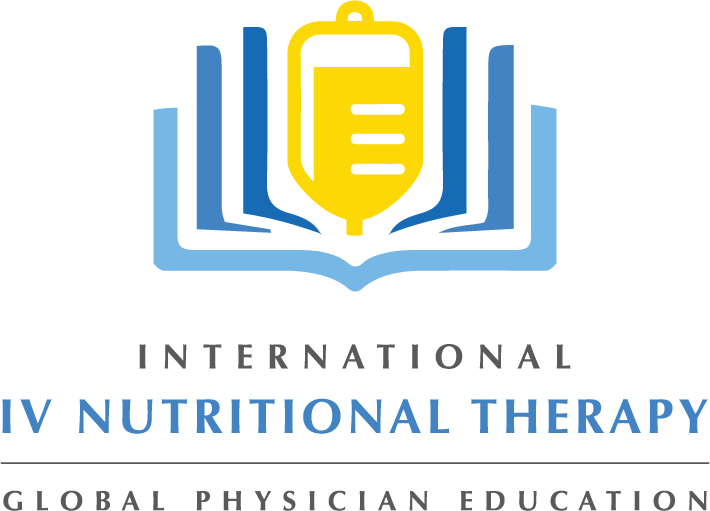Posted by Dr Dan Carter
Position statement from International IV Nutrient Therapy for Professionals
Our position as IV educators is that we recommend full compliance with CDC and USP 797 guidelines; Local or profession based practices that deviate from these standards (i.e. “that is not how I was trained” or “no one I know follows those” …) are not acceptable defense when an adverse event occurs and never supersede USP and CDC guidelines.
Below are the guidelines as prepared by the agencies mentioned. After each section comment regarding the guideline germane to IV Nutrient Therapy practices is made.
Single Dose Vials
Source: http://www.cdc.gov/injectionsafety/PDF/CDC-SDV-Position05022012.pdf
CDC’s Position: Protect Patients Against Preventable Harm from Improper Use of Single-dose/Single-use Vials
These medications typically lack antimicrobial preservatives and can become contaminated and serve as a source of infection when they are used inappropriately.
The Centers for Disease Control and Prevention’s guidelines call for medications labeled as “single dose” or “single use” to be used for only one patient. This practice protects patients from life-threatening infections that occur when medications get contaminated from unsafe use. Concerns have been raised about whether these guidelines and related policies contribute to drug shortages and increased medical costs to healthcare providers. CDC recognizes the problem of drug shortages; however, such shortages are a result of manufacturing, shipping, and other issues unrelated to the above guidelines (http://www.fda.gov/DrugShortageReport ).
CDC ’s priority is protecting patients from harm. CDC routinely investigates and is apprised of infectious disease outbreaks involving single-dose/single-use vials being used for multiple patients. These outbreaks cause extensive harm to patients, and they are associated with significant healthcare and legal expenses. Therefore, CDC continues to strongly support its current policies regarding single-dose/single-use vials. It is imperative that drug shortages and drug waste concerns are dealt with appropriately and do not lead to unsafe medical practices that impose increased disease risk on patients.
In times of critical need, contents from unopened single–dose ⁄ single–use vials can be repackaged for multiple patients. However, this should only be performed by qualified healthcare personnel in accordance with standards in United States Pharmacopeia General Chapter ‹797› Pharmaceutical Compounding — Sterile Preparations. Following the USP standards is imperative, as medication contamination and patient harm can occur when repackaging (e.g. splitting doses) is not done properly.*
*Clarification for IV nutrient therapy practice
Medical practices using preservative free drugs/nutrients are advised to ask their compounding pharmacy to repackage commonly used products in unit dose vials in order to reduce waste, in accordance with the above standards.
Multiple Dose Vials
Source: http://www.cdc.gov/injectionsafety/providers/provider_faqs_multivials.html
A multi-dose vial is a vial of liquid medication intended for parenteral administration (injection or infusion) that contains more than one dose of medication. Multi-dose vials are labeled as such by the manufacturer and typically contain an antimicrobial preservative to help prevent the growth of bacteria. The preservative has no effect on viruses and does not protect against contamination when healthcare personnel fail to follow safe injection practices.
Multi-dose vials should be dedicated to a single patient whenever possible.**
If multi-dose vials must be used for more than one patient, they should not be kept or accessed in the immediate patient treatment area. This is to prevent inadvertent contamination of the vial through direct or indirect contact with potentially contaminated surfaces or equipment that could then lead to infections in subsequent patients. If a multi-dose vial enters the immediate patient treatment area, it should be dedicated to that patient only and discarded after use. Examples of the immediate patient treatment area include patient rooms or bays, and operating rooms.
Medication vials should always be discarded whenever sterility is compromised or questionable.
In addition, the United States Pharmacopeia (USP) General Chapter 797 recommends the following for multi-dose vials of sterile pharmaceuticals:
• If a multi-dose has been opened or accessed (e.g., needle-punctured) the vial should be dated and discarded within 28 days unless the manufacturer specifies a different (shorter or longer) date for that opened vial.
• If a multi-dose vial has not been opened or accessed (e.g., needle-punctured), it should be discarded according to the manufacturer’s expiration date.
**Clarification for IV nutrient therapy practice
A multi-dose vial kept exclusively in the clean IV preparation area may be used for multiple (different) patient infusions. Vial adaptor spikes with needless access are recommended as a further measure of preventing contamination. If a vial is used in a patient treatment area the above standards must be followed.


